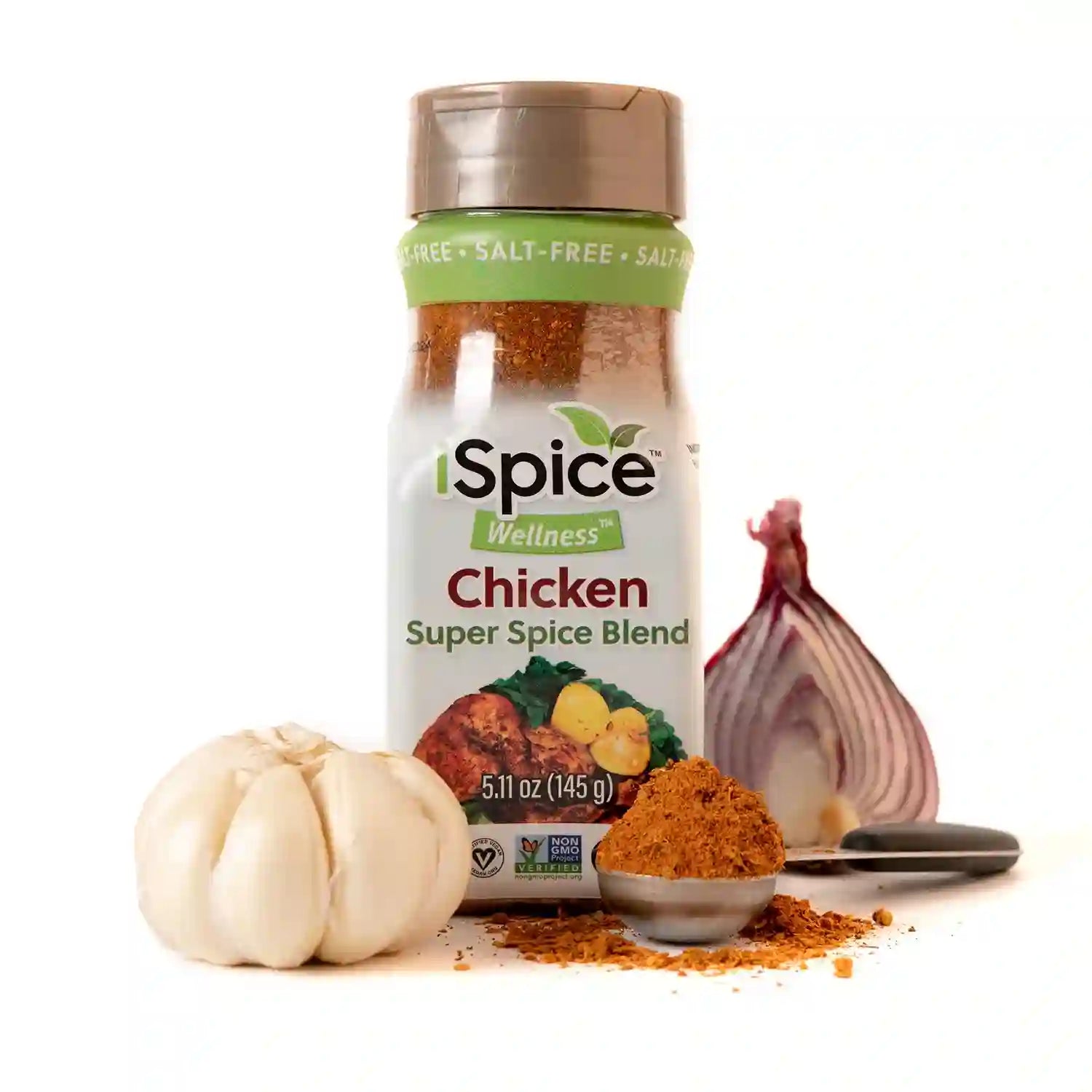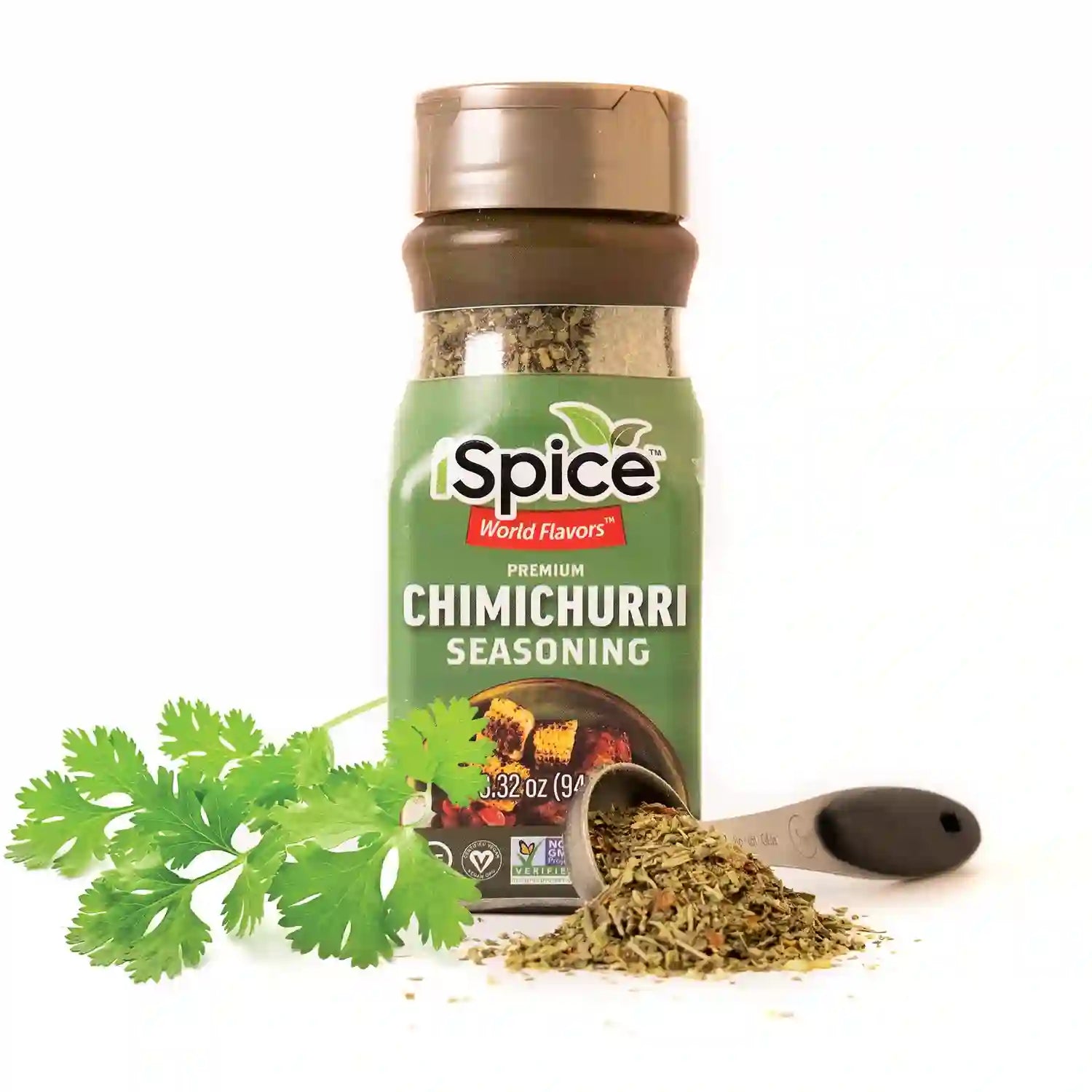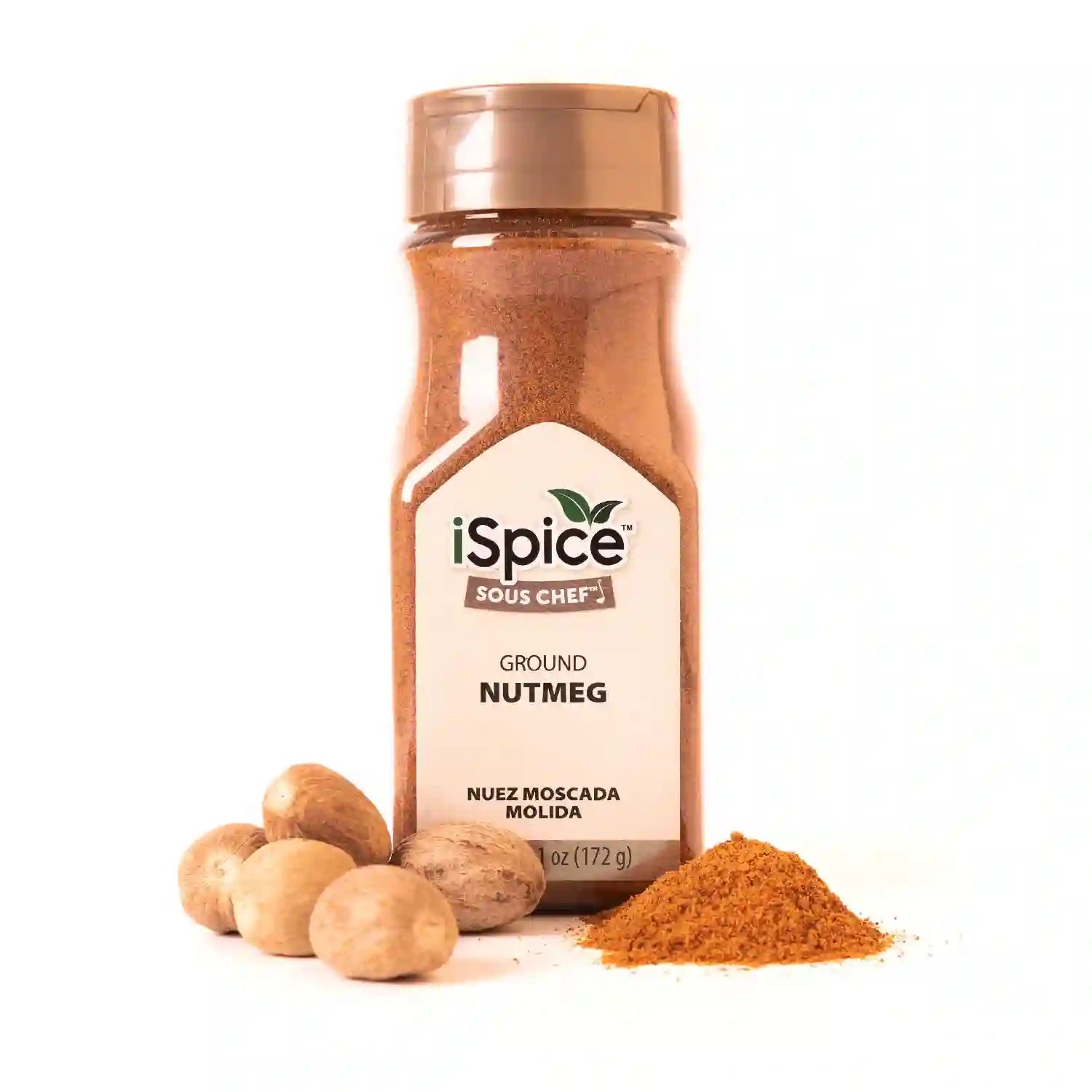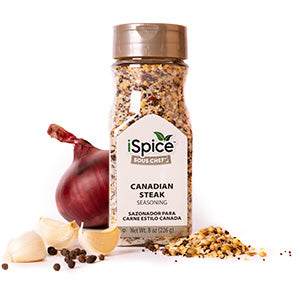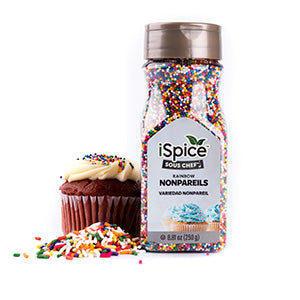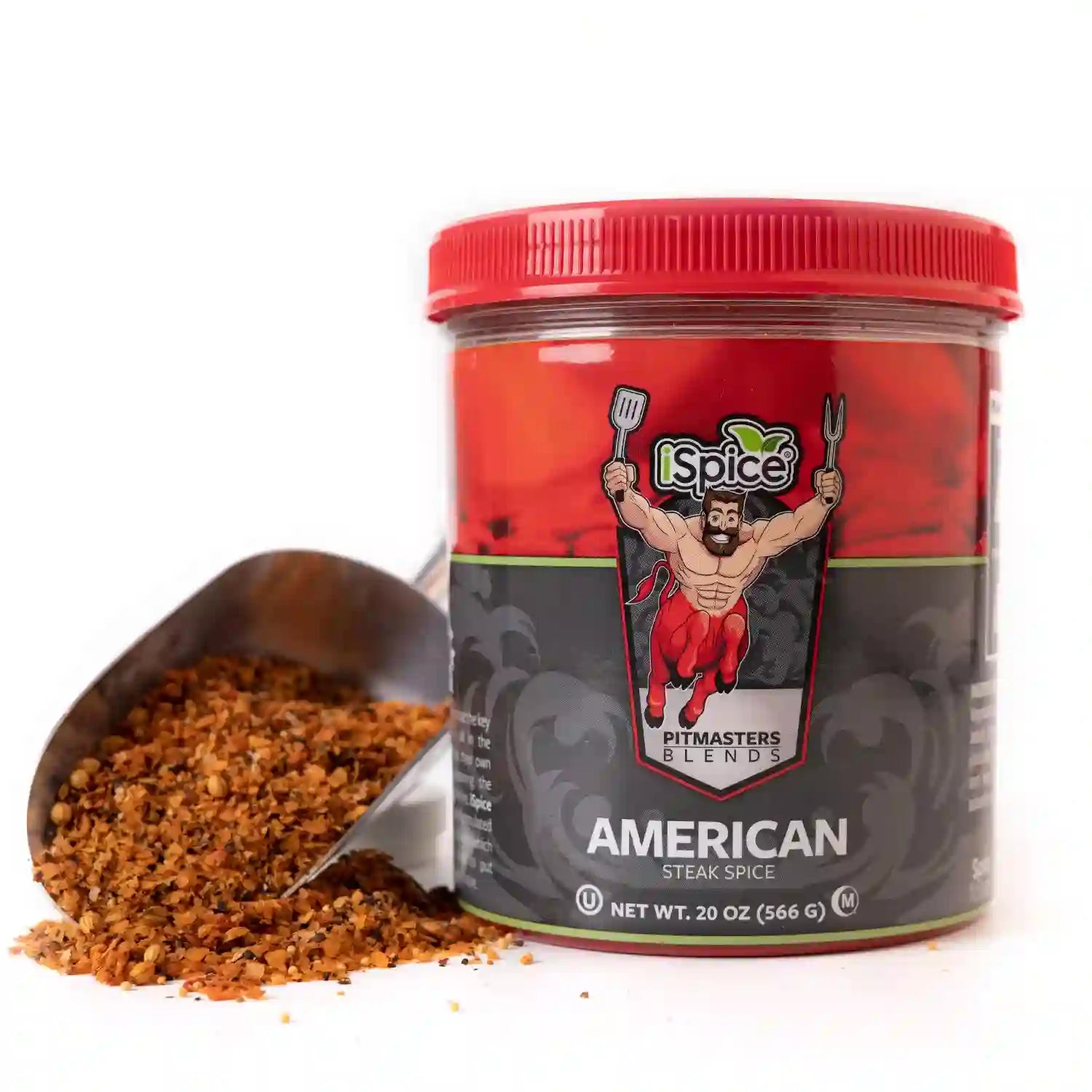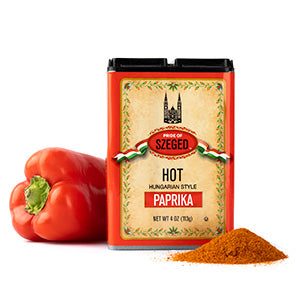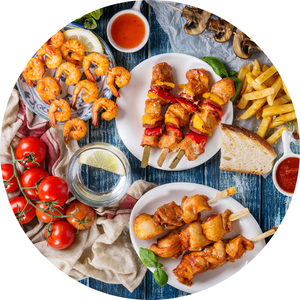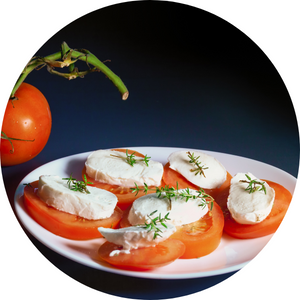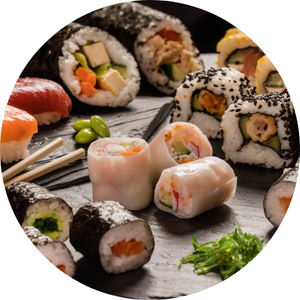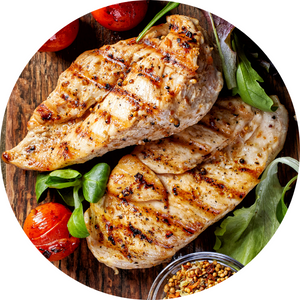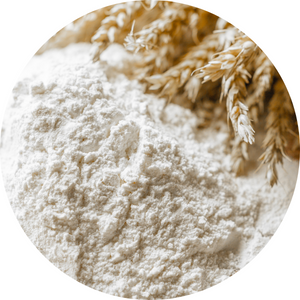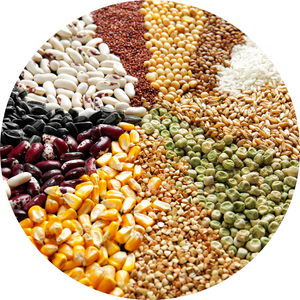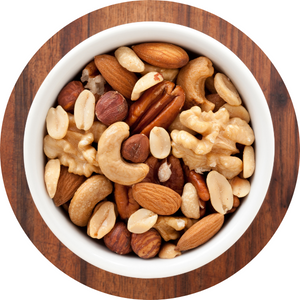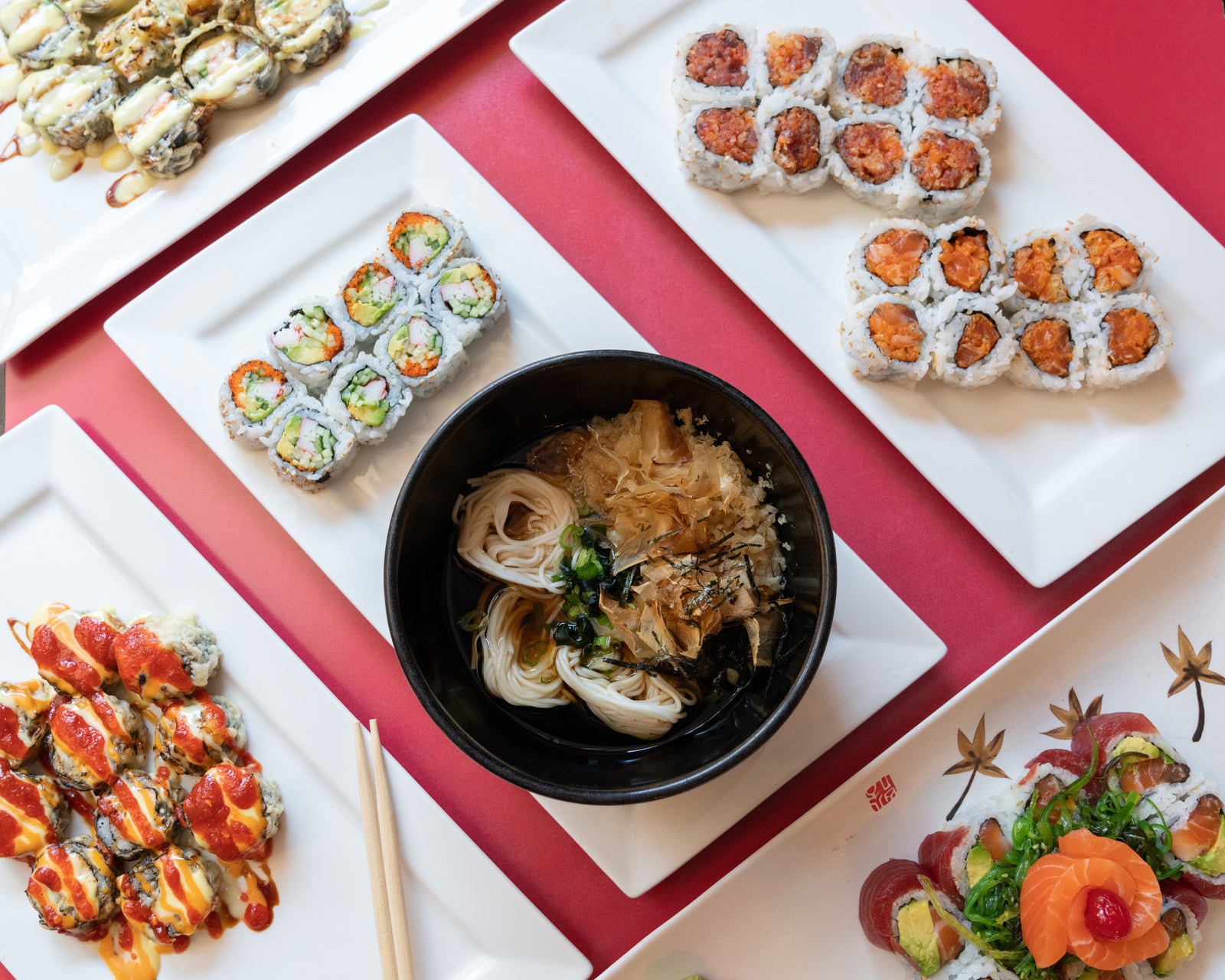
Spices are the heart of every great dish—but knowing when to add them can make the difference between a bland meal and a perfectly balanced one. Each spice behaves differently depending on heat, moisture, and cooking time. Some need a long simmer to release their depth, while others are best added at the end for a burst of freshness.
Understanding the right spice timing helps preserve aroma, control heat, and build complex layers of flavor—turning everyday meals into flavorful masterpieces.
Why Timing Matters
Spices contain essential oils that give them their distinctive flavors and aromas. These oils react to heat differently: some need to be warmed to release their fragrance, while others can lose their potency if cooked too long.
Adding spices at the right stage of cooking determines:
-
Aroma: Whether the spice smells rich and warm or faint and flat.
-
Flavor intensity: How deep or bright the spice tastes.
-
Color and texture: Especially for blends like curry powder or paprika.
Getting spice timing right means building flavor gradually—much like composing music, where each note enters at just the right moment.
The Three Main Stages of Adding Spices
1. At the Beginning: Building the Base
Some spices should be added early to infuse flavor deeply into the dish. Heat activates their natural oils, allowing the aroma to blend into the foundation of soups, stews, and sauces.
Add early:
-
Whole spices like cumin seeds, mustard seeds, cardamom pods, and cloves.
-
Ground turmeric, curry powder, and garam masala for stews.
-
Bay leaves and cinnamon sticks for soups or rice dishes.
Tip: Lightly toast or “bloom” these spices in oil or butter for 30–60 seconds before adding other ingredients. This unlocks deeper flavor without burning the spice.
2. Midway: Enhancing and Balancing
During simmering or sautéing, add spices that need moderate heat and time to blend without losing freshness. This stage is ideal for building body and balance.
Add midway:
-
Paprika, chili powder, coriander, or cumin powder.
-
Dried herbs like oregano, thyme, or rosemary.
-
Spice blends such as taco seasoning or Italian seasoning.
Tip: If you’re making a sauce, soup, or curry, this is when you adjust seasoning gradually. Taste as you go—spices continue to develop flavor as they cook.
3. Toward the End: Preserving Freshness
Delicate spices and herbs should be added at the end of cooking or right before serving. This preserves their brightness and prevents flavor loss from prolonged heat.
Add late:
-
Fresh herbs like parsley, cilantro, basil, or mint.
-
Ground pepper, nutmeg, and allspice.
-
Finishing blends like za’atar or sumac.
Tip: Sprinkle finishing spices over hot dishes for a fragrant boost or stir them into sauces after removing from heat to retain aroma.
Additional Spice Timing Tips
-
Bloom before boiling: Always sauté spices in oil before adding liquids—it deepens flavor.
-
Avoid burning: Spices toast quickly; 30 seconds is often enough.
-
Rehydrate in liquid: For dry blends like curry or chili powder, add a spoonful of water or broth to release aroma.
-
Layer your flavors: Don’t add everything at once—build spice depth over time.
-
Finish with acid or salt: Lemon juice or salt enhances spice perception and rounds out flavor.
Example: Perfect Spice Timing in Action
Let’s take a simple vegetable curry as an example:
-
Start: Heat oil and add cumin seeds and mustard seeds until they sizzle.
-
Midway: Add onions, garlic, and turmeric to create a flavorful base.
-
Simmer: Stir in paprika and coriander with tomatoes.
-
Finish: Add garam masala and fresh cilantro after cooking to preserve aroma.
Each stage adds a new layer, creating a dish that’s aromatic, balanced, and vibrant.
Frequently Asked Questions About Spice Timing
1. What happens if I add spices too early?
They may lose aroma or even become bitter if exposed to high heat for too long.
2. Can I add all my spices at once?
It’s better to layer them. Adding spices at different stages creates depth and more balanced flavor.
3. Why do recipes say to bloom spices in oil?
Oil extracts and disperses the fat-soluble flavor compounds, enhancing richness and aroma.
4. When should I add fresh herbs versus dried herbs?
Add dried herbs earlier so they have time to infuse flavor. Add fresh herbs at the end for color and freshness.
5. Can I fix a dish if I added too much spice early on?
Yes—add more liquid, cream, or a starchy ingredient like rice or potatoes to mellow the flavor.
6. Does grinding spices fresh affect timing?
Yes. Freshly ground spices are more potent, so add them slightly later or use smaller amounts.
Final Thoughts
Mastering spice timing transforms cooking from routine to remarkable. Knowing when to add spices allows you to control flavor, aroma, and balance like a professional chef. Whether you’re blooming whole spices in oil, simmering herbs for richness, or finishing with a fragrant sprinkle, timing is everything. Every spice has its moment—discovering it is the true secret to flavorful, perfectly seasoned food.

